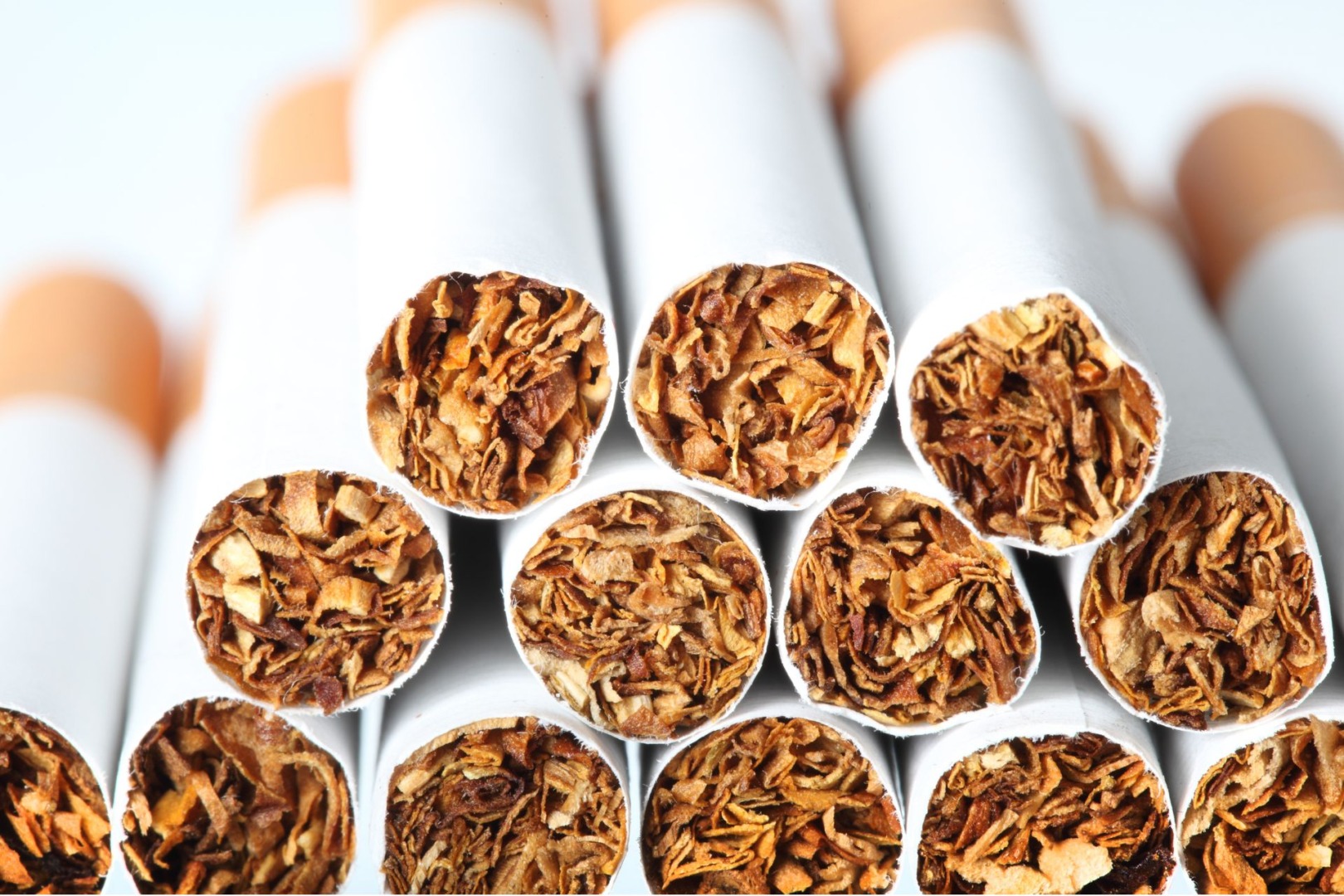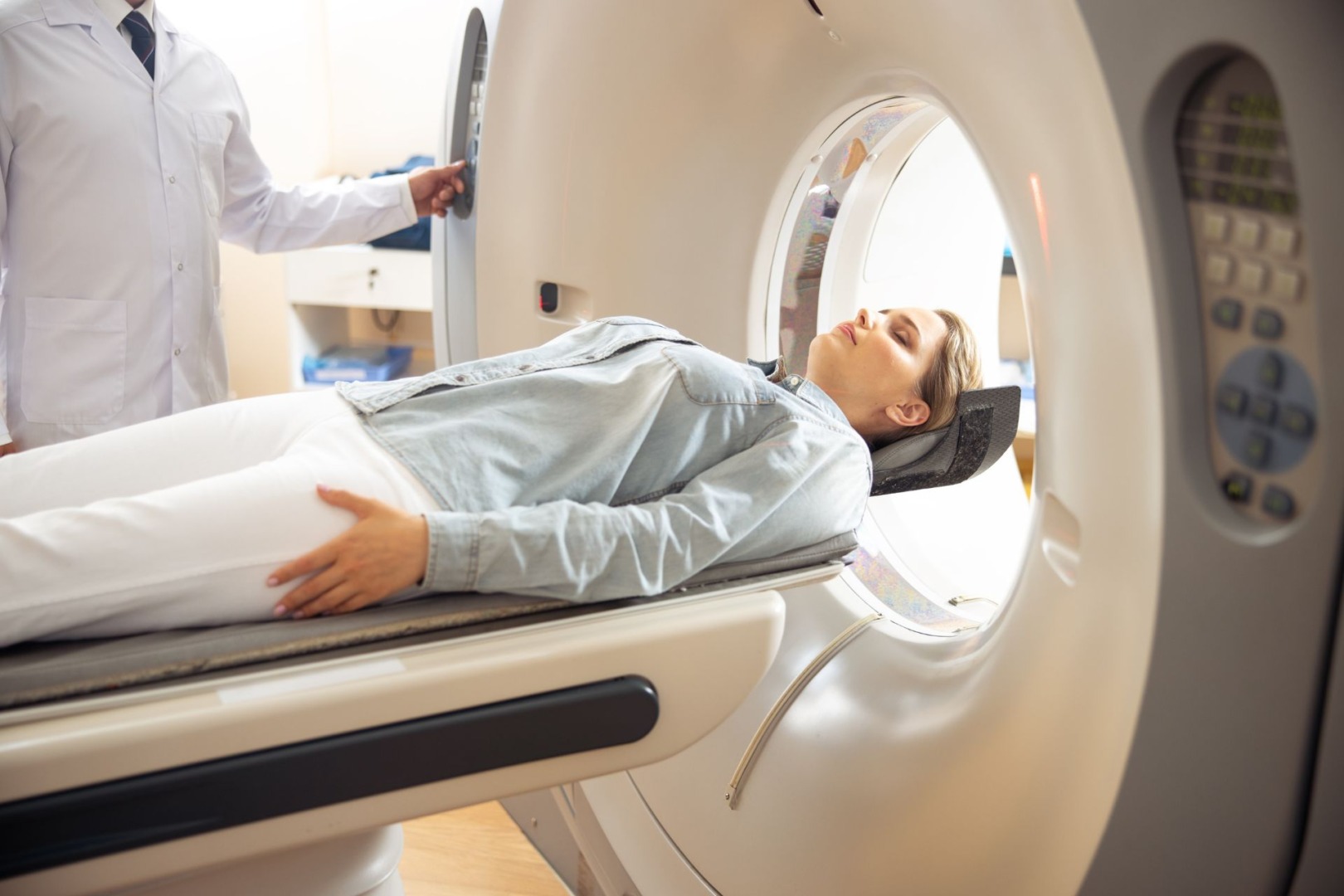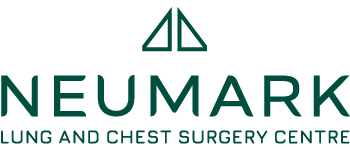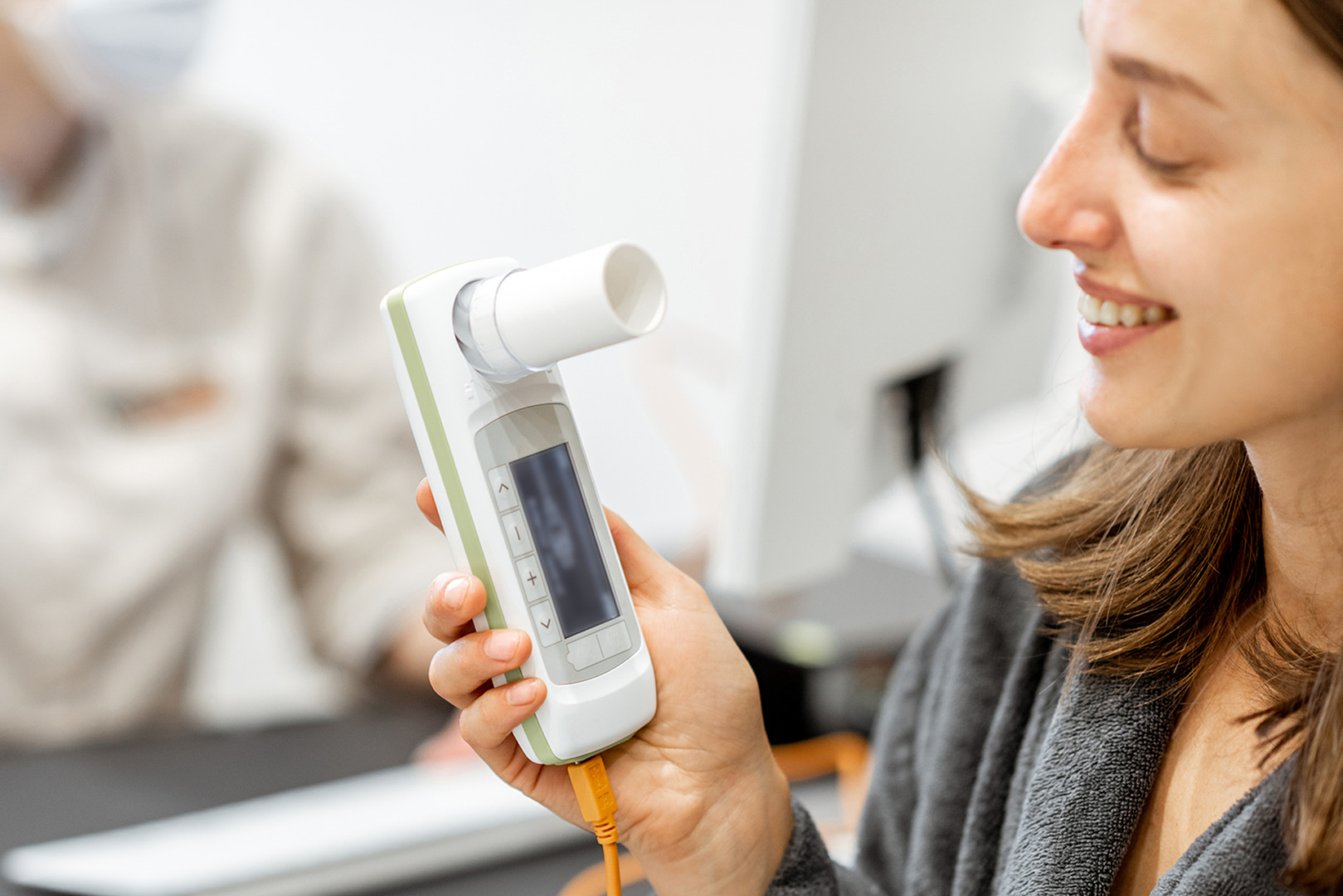As a lung and chest specialist, our surgeon has witnessed firsthand the devastating impact of smoking on patients’ lives. The statistics are stark: smoking is linked with 90% of all cancer deaths in Singapore, claiming the lives of around 2,500 smokers and 250 nonsmokers each year. The good news, however, is that quitting smoking can significantly reduce the risk of developing cancer and improve your overall health.
It’s never too late to quit smoking, no matter how long it has been a part of your life. Your health will improve within hours, days, and weeks of quitting. Elevated heart rate and blood pressure will start to return to normal levels. Staying smoke-free for several years can significantly reduce your risk of chronic diseases such as heart disease, chronic pulmonary disease (COPD), and cancer.
Oncologists strongly recommend that those newly diagnosed with cancer quit using tobacco products. Quitting smoking makes cancer treatments more effective, reduces treatment complications, and lowers the chances of cancer returning or secondary cancer forming. These benefits are significant, even if the cancer was not caused by smoking.

Neumark Lung & Chest Surgery Centre is dedicated to delivering compassionate, leading care for our cancer patients. Our Early Detection and Prevention Programme is designed to help you successfully identify any abnormal lung nodules, particularly in smokers, ensuring timely, effective and often life-saving intervention.
“The single most important step smokers diagnosed with cancer can take to improve their health and cancer prognosis is to stop smoking. We strongly support patients in this critical step, which includes referrals to smoking cessation programmes”, explains Dr Harish Mithiran, director of Neumark.
How Smoking Damages DNA and Turns On Genes Related to Cancer
Tobacco products contain numerous chemical additives, carcinogens, and nicotine, the substance that makes smoking addictive.
Each puff of a cigarette exposes smokers to a toxic cocktail of 7,000 chemicals, including formaldehyde, arsenic, and cadmium. According to the American National Cancer Institute (NCI), 69 of these chemicals are known carcinogens. Nonsmokers are also exposed to these chemicals through secondhand smoke.

Smoking is linked to cancer through various mechanisms, including direct DNA damage and epigenetic changes. The chemicals in tobacco can cause mutations and activate genes that promote cancer growth. Smoking is associated with at least 14 types of cancer in almost every part of the body, including:
- Lung Smoking is the leading risk factor for the most common cause of cancer deaths worldwide; lung cancer is often fatal if not detected early.
- Bladder Smoking significantly increases the risk of bladder cancer, which can be aggressive and difficult to treat
- Blood Smoking is linked to acute myeloid leukaemia (AML), a type of blood cancer
- Cervical Smoking increases the risk of cervical cancer, which can be largely prevented with regular screening and HPV vaccination
- Colorectal Smoking is a risk factor for colorectal cancer, which is on the rise among young people
Smoking poses numerous health risks, including an increased chance of coronary heart disease, cardiovascular disease, stroke, aneurysms, chronic obstructive pulmonary disease (COPD), emphysema, diabetes mellitus, osteoporosis, rheumatoid arthritis, macular degeneration, cataracts, asthma symptoms, erectile dysfunction, tooth loss, and pregnancy complications like stillbirths and low birth weight.
“Exposure to tobacco smoke also elevates the risk of illnesses such as lung cancer, stroke, and heart disease in nonsmokers”, says Dr Mithiran.
It’s essential to recognise that all forms of tobacco are hazardous. Cigars, pipes and smokeless tobacco, even chewing tobacco can cause cancer and other severe health problems.
The newest smoking trend, vaping, does not contain tobacco. However, the potential benefits of tobacco cessation or harm reduction are still uncertain. More research is needed to understand the negative health effects of vaping fully. It is already known that many vaping products contain nicotine, often in high doses, which is addictive.
Benefits of Quitting Smoking During Treatment
Quitting smoking during cancer treatment activates a cascade of physiological changes that significantly enhance survival rates. First and foremost, it rejuvenates the immune system, restoring its ability to effectively target and destroy cancer cells while reducing chronic inflammation that can promote cancer progression.
Cardiovascular health also sees marked improvement. Better blood flow and reduced risk of blood clots ensure that vital oxygen and nutrients reach tissues more efficiently, aiding in recovery and overall health. Enhanced lung function and decreased carbon monoxide levels improve oxygenation, supporting cellular resilience during rigorous treatments like chemotherapy and radiation.
Smoking cessation also lowers exposure to carcinogens, stabilising genetic integrity and enhancing DNA repair mechanisms, which reduces the accumulation of mutations that could advance cancer. The body’s response to chemotherapy and radiation improves as smoking no longer interferes with the metabolism and effectiveness of these treatments, leading to better outcomes and fewer side effects. This improved tolerance makes it easier for patients to adhere to treatment protocols, increasing the likelihood of success.
Additionally, quitting smoking helps normalise hormone levels, which is particularly beneficial for those with hormone-sensitive cancers.
Neumark Patient-Centric Approach to Lung Treatments
Neumark’s approach is patient-centric, focusing on making surgery safer and ensuring faster recovery through timely diagnosis and treatment. This approach prioritises the patient’s needs and well-being throughout the treatment process.
Neumark offers a comprehensive screening programme that includes advanced diagnostic tools such as low-dose computed tomography (CT) imaging exams, cardiopulmonary exercise testing and pulmonary function tests. This thorough approach helps detect benign lung nodules and early signs of cancer, ensuring timely intervention.

Our centre’s thoracic surgeons specialise in minimally invasive surgical techniques, including uniportal video-assisted thoracic surgery (U-VATS) and robotic-assisted thoracic surgery (RATS). These advanced methods reduce the invasiveness of surgery, leading to faster recovery and less discomfort for patients. The centre benefits from a comprehensive multidisciplinary team working together to provide exceptional treatment for lung and chest diseases, ensuring that patients receive the best possible care.
Neumark Lung & Chest Surgery Centre emphasises early detection, recognising its critical role in improving treatment outcomes. The centre educates patients about the importance of early detection and the risks associated with lung cancer, empowering them to take proactive steps towards their health. Contact Neumark today to schedule a session.

